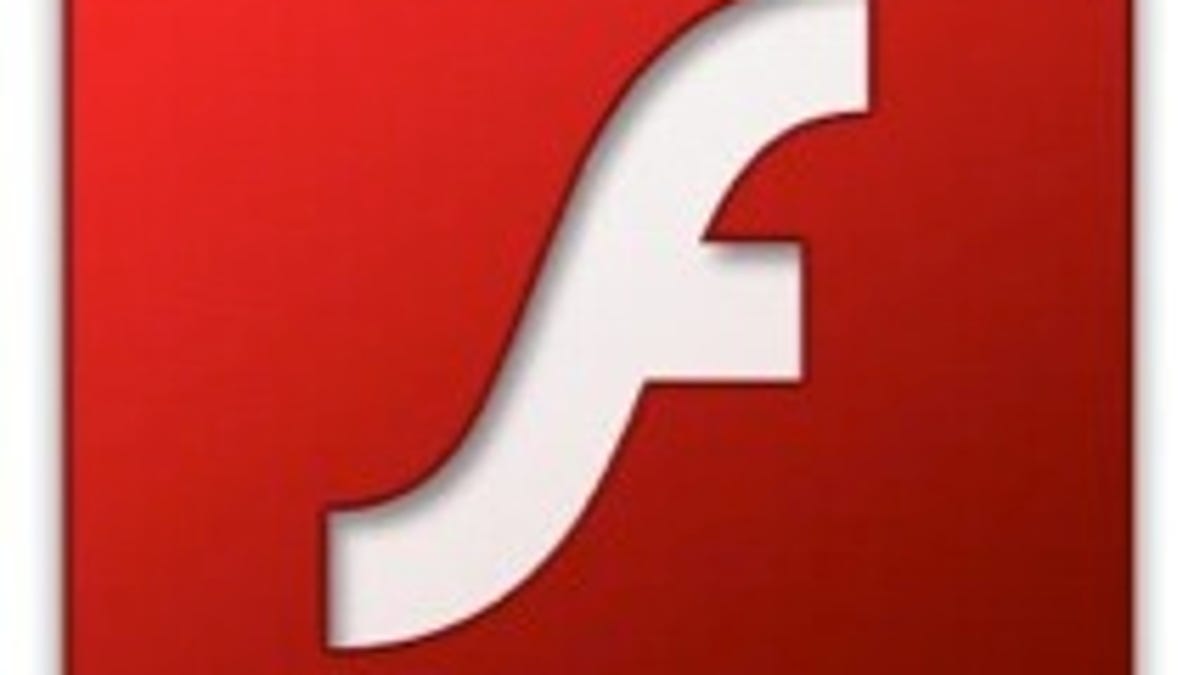Adobe begins 64-bit Flash Player test
Just in time not to impede browser progress, Adobe starts updating its plug-in to catch up with 64-bit software and graphics chips. Also: support for IE9 beta.

Adobe Systems released a preview version of its widely used Flash Player plug-in that catches up to newer trends in Web browser development: 64-bit designs and support for the newly Internet Explorer 9 beta.
The new Flash beta, code-named Square, is available for Mac OS X, Windows, and Linux, siad Adobe's Paul Betlem in a blog post today. The download is on Adobe Labs; note that if you install Square, you'll have to manually update it on your own.
The move isn't a big surprise--in June, the Adobe said 64-bit Flash is a "top priority"--but it will mean a major transition for Web developers. And it's important in Adobe's effort to maintain Flash's incumbent power in light of new Web standards that offer many Flash abilities without a browser plug-in.
The computing industry is in the midst of a gradual transition to 64-bit computing that started years ago with processors, moved through the operating system, and now is arriving with mainstream programs. Although 32-bit software runs on 64-bit operating systems, you generally can't get a 32-bit plug-in to run in a 64-bit browser.
That hasn't been a huge problem, given that the main advantage of 64-bit computing is access to more than 4GB of memory and browsers rarely need anything like that much. But JavaScript performance can improve notably on 64-bit machines, browsers are making the jump, and Adobe took heat earlier this year when it withdrew a test version of 64-bit Flash for Linux originally released in 2008.
Along with 64-bit support, the new version taps into a computer's graphics chip power, at least when used on the new IE9 beta. Hardware acceleration is all the rage among browser makers, speeding up everything from graphics to text in various cases. Here's Betlem's sales pitch:
As part of our collaboration with Microsoft's Internet Explorer team over the past few months, Flash Player "Square" has been enhanced to directly support the hardware-accelerated graphics capabilities in the newest version of IE. Flash Player "Square" leverages the new GPU support available with Internet Explorer 9 Beta to deliver a faster and more responsive user experience with Flash-based content. In our internal testing, we've seen significant improvements in Flash Player graphics performance--exceeding 35 percent in Internet Explorer 9 Beta compared to Flash Player running in previous versions of IE.
What's not clear at this stage is how well the new version will deal with hardware acceleration on Mac OS X. Adobe has been trying to address complaints--including very public ones from Apple Chief Executive Steve Jobs--that Flash is a CPU hog.
Graphics acceleration also has the potential to help with Adobe's ambition to spread Flash from personal computers, where it's common, to mobile devices, where it's almost unknown today.

